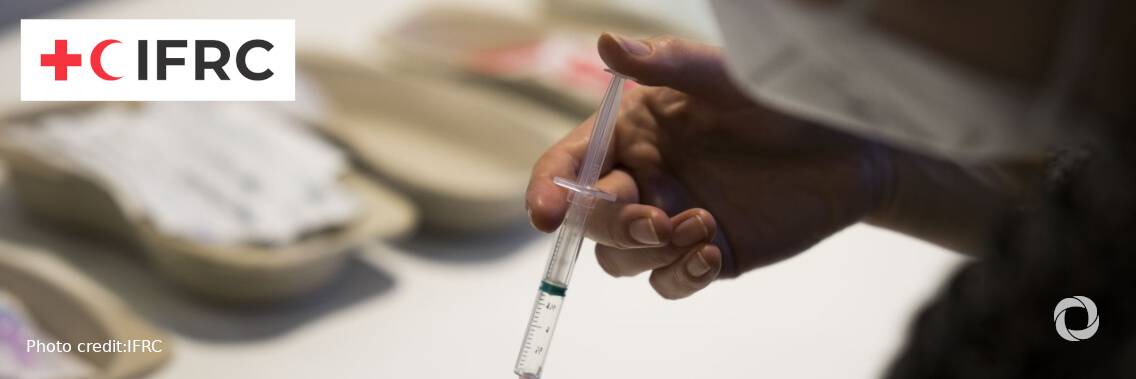The overwhelming majority of COVID-19 vaccine doses administered so far have been delivered in high-income countries, according to an analysis by the International Federation of Red Cross and Red Crescent Societies (IFRC).
Nearly 70 percent of vaccine doses administered so far have occurred in the world’s 50 wealthiest countries. In contrast, only 0.1 percent of vaccine doses have been administered in the 50 poorest countries. The IFRC is warning that this inequality is alarming and could potentially backfire to deadly and devastating effect.
“This is alarming because it is unfair, and because it could prolong or even worsen this terrible pandemic. Let me be clear: In the race to end this pandemic, we are all rowing the same boat. We cannot sacrifice those at the highest risk in some countries so that those at the lowest risk can be vaccinated in others. The equitable distribution of COVID-19 vaccines between and within countries is more than a moral imperative: It is the only way to solve the most pressing public health emergency of our time. Without equal distribution, even those who are vaccinated will not be safe,” said Mr. Jagan Chapagain, Secretary-General of the IFRC.
The IFRC is warning that, if large pockets of the globe remain unvaccinated, the COVID-19 virus will continue to circulate and mutate. This may lead to the emergence of variants that do not respond to vaccines, allowing the virus to infect people that may have already been vaccinated.
In a bid to support equitable vaccine distribution, the IFRC has announced a new, 100 million Swiss franc plan that aims to support the immunization of 500 million people against COVID-19.
Under the plan, Red Cross and Red Crescent Societies will support national vaccination efforts in a range of areas and across the planning and implementation phases. This will include efforts to build trust in vaccines and to counteract misinformation about their efficacy – an intervention that is increasingly important as vaccine hesitancy rates climb around the world.
Red Cross and Red Crescent volunteers will also seek out communities and individuals that are economically, socially, or geographically isolated to ensure their involvement in vaccine efforts. And trained personnel will, in many countries be responsible for the physical delivery of vaccines to at-risk and vulnerable groups.
Already, 66 National Red Cross and Red Crescent Societies are or will be involved in vaccine campaigns, with dozens more in discussions with their governments.

